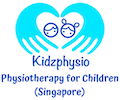Quick Child / Teen Check for Parents - (Spine - Scoliosis)
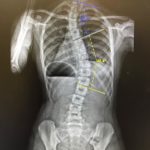
Are you worried that your child's spine might be crooked?
A crooked spine (scoliosis) affects 2-3% of the Singapore population.
Scoliosis is a deformity of the spine, where the spine curves laterally, forming either a "C" or "S" shape. The most common type of scoliosis is idiopathic scoliosis. “Idiopathic” means there is no definite cause. It tends to run in families and affects girls about 7 times more than boys. Adolescent idiopathic scoliosis is diagnosed in children between the ages of 10 and 18 years old. During a child’s growth spurt, the signs of idiopathic scoliosis often become more noticeable.
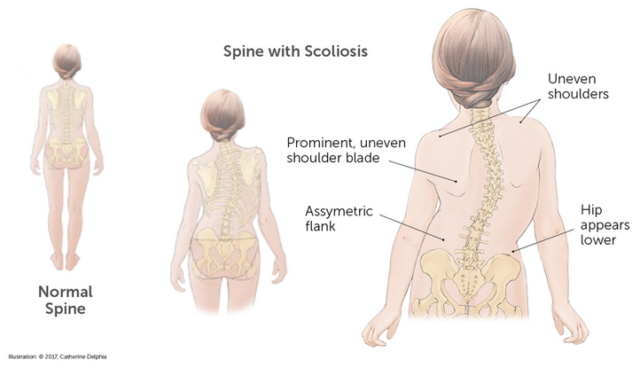
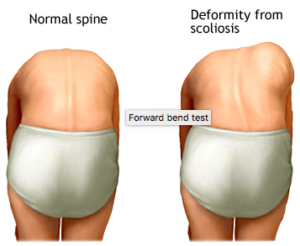
Here are some signs that you can observe to tell if your child has scoliosis:
- uneven shoulders
- one shoulder blade protruding more than the other
- ribs more prominent on one side
- uneven waistline
- difference in hip height
You can also ask your child to do the Adam's forward bend test. If your child has scoliosis, you will see a hump on either side of their spine.
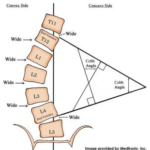
If your child shows some or all of these signs, you can see your doctor, who will refer your child for a spinal x-ray. The spinal x-ray will show how severe your child's curves are (Cobb angle). The xray will also show the Risser Stage, which will inform us of how mature your child's bones are, and how much skeletal growth is left. Both the Cobb angle and the Risser stage determine the risk of the curves getting worse, and also whether the curves can be corrected or maintained.
Prediction of Scoliosis Curve Progression

Peterson, LE; Nachemson, AL (1995)
Treatment Options:

Boston Brace
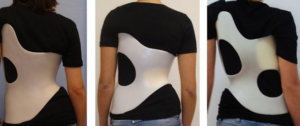
Over-corrective Braces
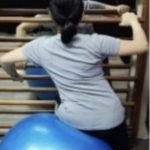
Schroth Scoliosis Specific Physio Exercises
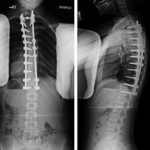
Surgery
There are a few treatment options depending on the Cobb angle and the risk of curve progression.
- Observation: Xrays are taken at each visit to monitor the curve progression. Monitoring is necessary until bone maturity.
- Surgery: Usually advised for large curves that are likely to worsen with continued growth. Contrary to popular belief, studies have shown that surgery does not improve lung function or reduce pain, unless the curves are greater than 90 degrees.
- Bracing: The goal is to prevent or slow the rate of progression of the curve during the rapid adolescent growth spurt. There is good evidence that bracing is effective in preventing/slowing the curve from getting worse. The effectiveness of the brace is directly related to the amount of time spent in it.
- Exercise: General strengthening or stretching exercises such as Pilates or yoga have not been shown to improve scoliosis. However, Physiotherapy scoliosis-specific exercises (eg: Schroth) are increasingly used with bracing to treat progressive idiopathic scoliosis. The combination of the 2 have been shown to be effective in preventing/slowing curve progression.
If you are interested to learn how to do the Schroth exercises for scoliosis, please reach out to us to find out more.
Let's get in touch
